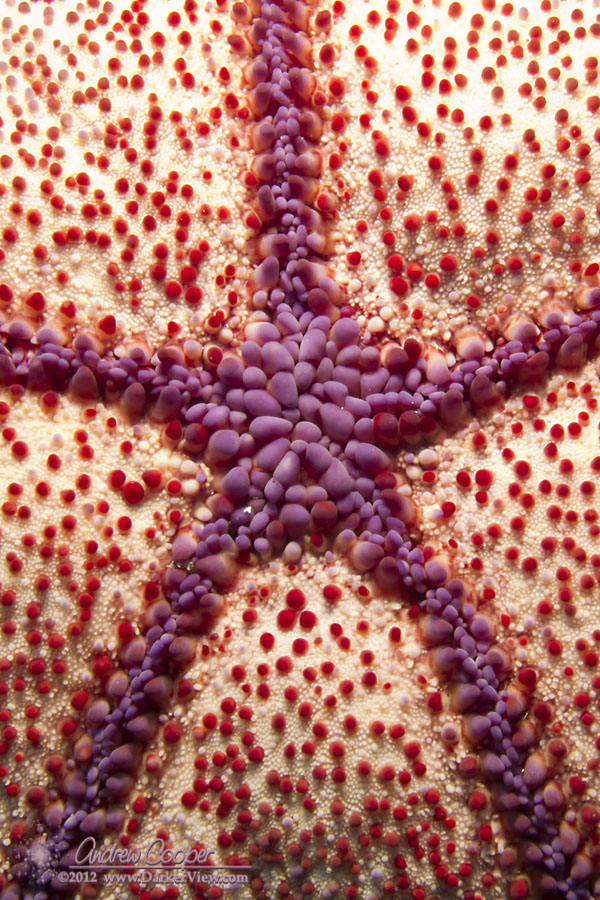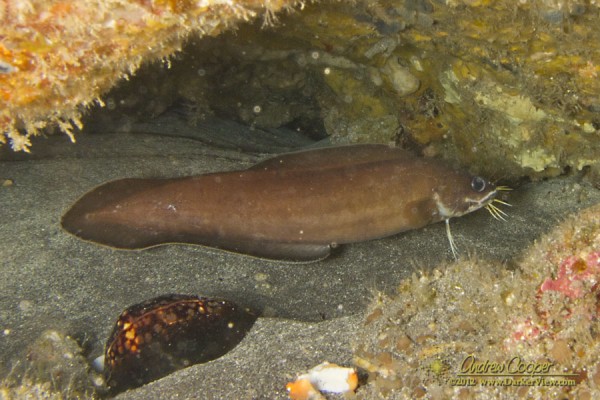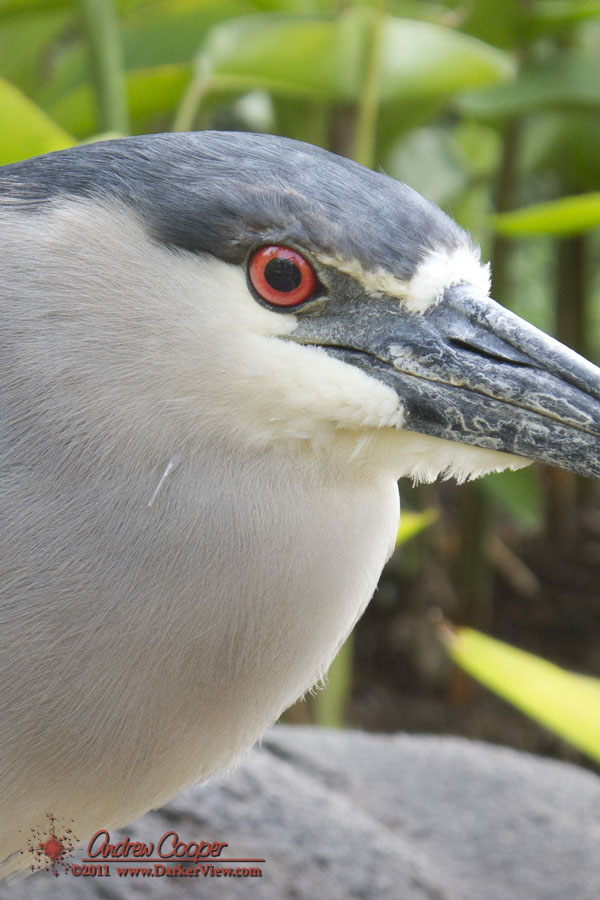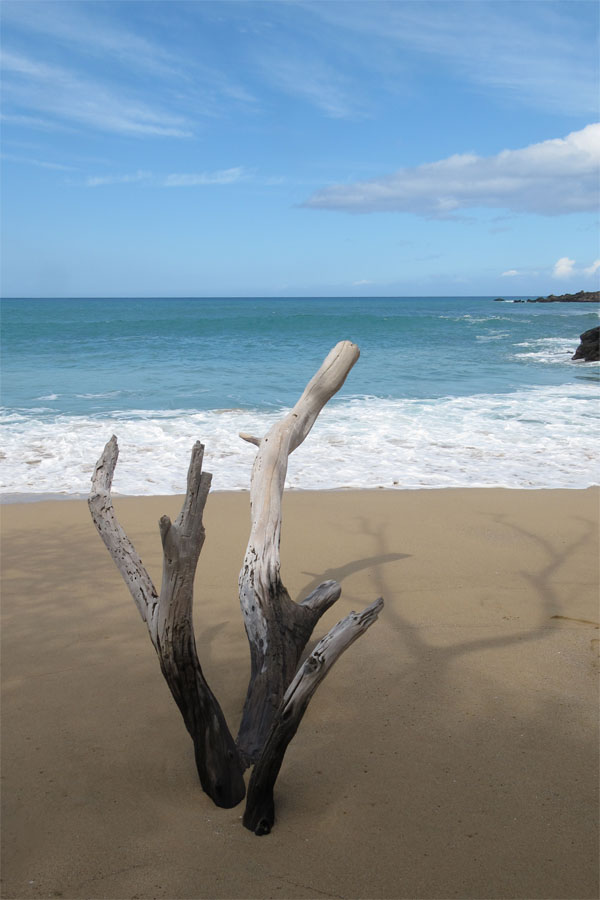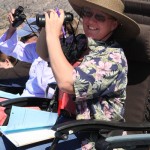Everyone is gearing up for the Transit of Venus. Starting at just after noon on June 5th, Venus will cross the face of the Sun. This will be our last chance to see such an event in our lifetimes, as a result, many skywatchers are making an extra effort to see this transit. This includes a number of folks who are traveling to Hawai’i this June, just to be here for the transit.
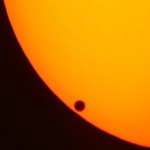
- The summit access road will be closed to public vehicular traffic at the Visitor Information Station.
- Access to the summit will be provided via free shuttle service between the Visitor Information Station (VIS) and Mauna Kea summit.
- Parking at the Visitor Information Station (VIS) is limited. Additional parking will be provided, however If parking spaces fill up, vehicles will be held below the VIS until parking becomes available.
- Mauna Kea Rangers and Hawaii County Police Officers will be present to assist with parking and public safety.
There will be solar telescopes stationed at the MKVIS, at the summit, and at a number of other locations around the island. With many options to choose from, you do not need to go to the summit to get at least some view of this event.
The diehards, those wanting to see the entire transit, will probably go to Mauna Kea. I really do not know what sort of crowd to expect on the mountain. While it could be substantial, I really expect a more modest showing than some folks are predicting. In any case it will be a fun event.
Myself? I will be on the summit. I will be running the Keck live webcast of the event using one of my telescopes. From a vantage point behind the Keck 1 telescope we should be in position to witness the entire event from start to finish.

